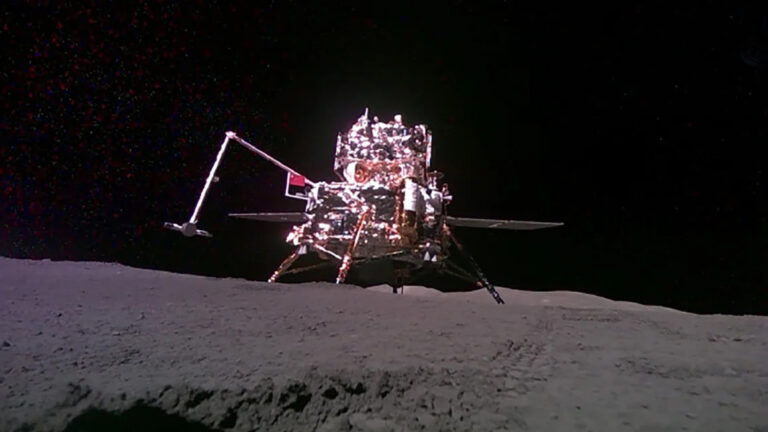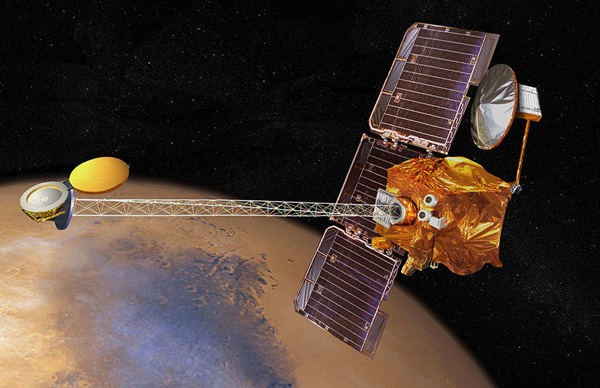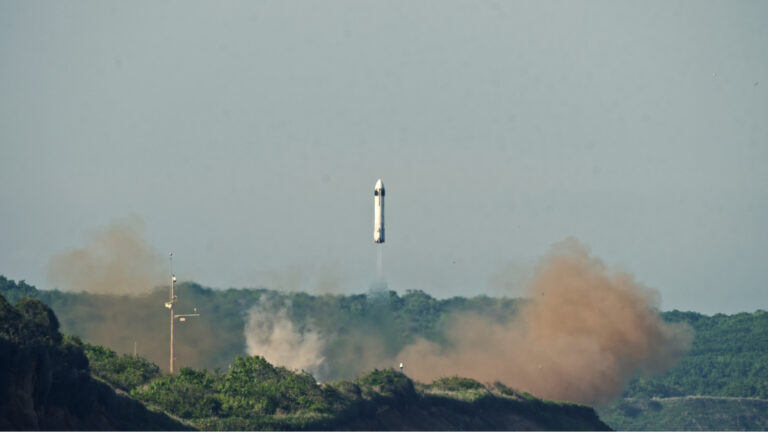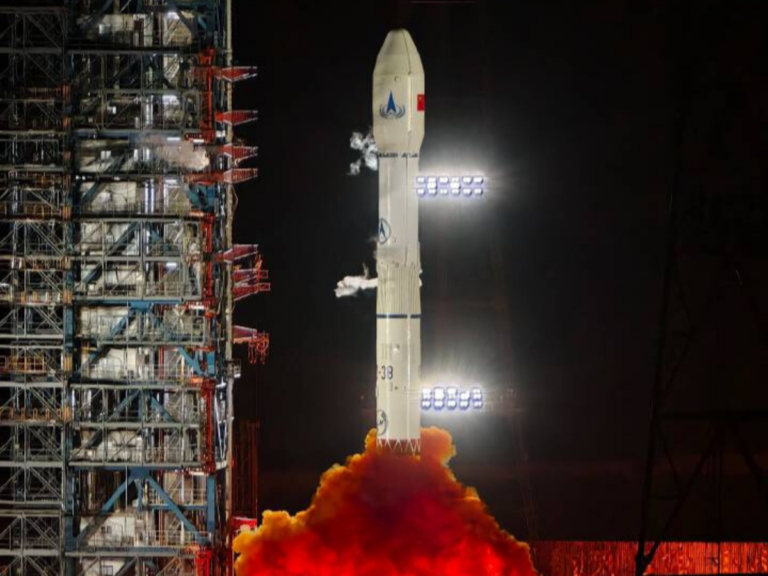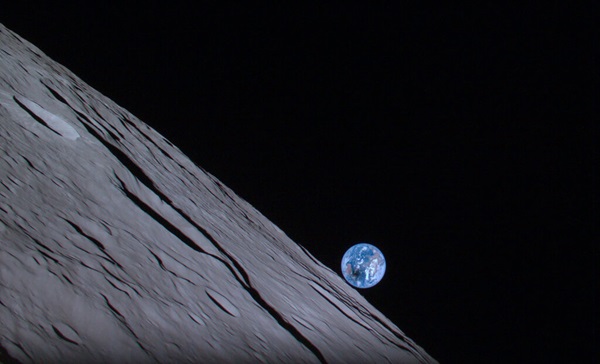
The Japanese start-up ispace attempted to become the first private company to successfully soft-land a commercial spacecraft on the Moon today (Tuesday, April 25). However, it now appears that the landing attempt — like several other such attempts in recent years — has failed.
The company’s car-sized lander, called M1, first set forth for the Moon late last year, launching aboard a SpaceX Falcon 9 rocket from Cape Canaveral in Florida on Dec. 11. After a multi-month trip to lunar orbit, the spacecraft today fired its main thrusters to carry out a pre-programmed series of commands aimed at gently lowering the lander to the lunar surface.
But when the craft got within just a few dozen meters of the Moon’s surface, ispace lost contact with the lander. Attempts to reestablish contact have so far failed, suggesting ispace’s M1 lander did not touch down softly and safely as intended, but instead likely crashed into the Moon’s surface.
“We have to assume that we did not complete the landing on the lunar surface,” said ispace founder Takeshi Hakamada during the company’s webcast. “We will keep going, never quit in our quest.”
Ispace currently plans to attempt at least two more lunar landings over the next few years, applying lessons learned during today’s landing attempt to increase their odds of success.
A potentially lucrative moonshot
The Tokyo-based company ispace was first founded in 2010 to compete in Google’s Lunar X Prize competition, which offered $20 million to the first private spacecraft to successfully land on the Moon. The Lunar X Prize expired before any company was able to cash in on the prize, but over the past decade, ispace has been working hard to develop the technology needed to make commercial operations on the Moon a reality.
The overarching goal of ispace’s so-called Hakuto-R mission — Hakuto means “white rabbit,” a reference to Japanese folklore that says a white rabbit lives on the Moon — was to set the stage for future commercial operations on the Moon. According to ispace, these money-making operations include “providing high-frequency, low-cost transportation services to the Moon,” as well as harvesting and selling lunar resources to commercial companies and national space agencies alike.
The Hakuto-R mission was expected to last about 10 days after reaching the lunar surface. And during that time, ispace’s M1 lander planned to release a rover built by the United Arab Emirates named Rashid, as well as a two-wheeled, transformable lunar robot built by the Japanese space agency JAXA.
Additional payloads that would have been tested include a prototype solid-state battery built by NGK Spark Plug Company, 360-degree cameras from Canadensys Aerospace, an artificial intelligence based flight computer from Mission Control Space Services, and a crater-based autonomous navigation system from NGC Aerospace.
Not the first, not the last
In 2019, another privately funded lunar lander, the Israeli Beresheet spacecraft, attempted to touch down on the Moon. However, a failure of the craft’s main engine during the landing sequence resulted in Beresheet instead slamming into the lunar surface, destroying the craft. That same year, the Indian Space Research Organization (ISRO) also lost a lunar lander, Virkam, that was attempting to make a soft landing but instead crashed into the Moon’s south polar region.
Ispace may not have secured the title of the first private company to land on the Moon today. However, two U.S.-based companies — Astrobotic and Intuitive Machines — are both aiming to land on the lunar surface sometime later this summer.
Astrobotic says its lander is ready now, but the company is currently waiting on the United Launch Alliance to finish development of the Vulcan rocket that will send the lander to the Moon. Meanwhile, Intuitive Machines is still working to complete its lander, but the company has already booked a flight on one of SpaceX’s reliable Falcon 9 rockets.
Both of these companies are sponsored in part by NASA’s Commercial Lunar Payload Services (CLPS) program, which aims to spur the development of technology needed to carry out science, exploration, and commercial development of the Moon.






